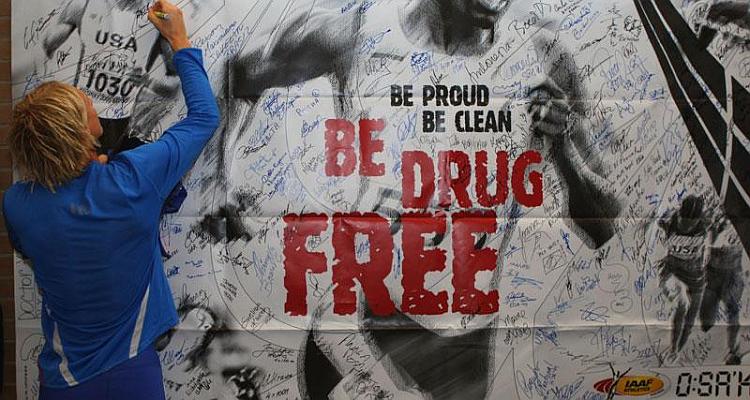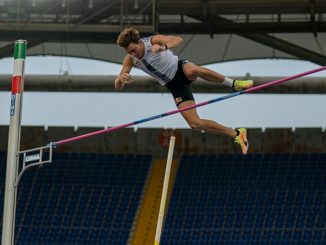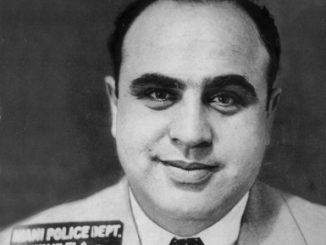
Our “Lane One” commentary from the October 3 edition of The Sports Examiner:
PALM DESERT, Oct. 3, 2016 – If you spend more than a day in some corner of the Olympic world, you’ll hear about how important “the athletes” are. You’ll hear it over and over and over again.
Today, athletes are angry. They are upset about the age-old issues of funding and supervision – yesterday’s rant from New Zealand is here – but right now a lot of athletes are upset about doping.
And that might open some doors that have long been closed.
For decades, athletes in various sports have talked about organizing one or more athlete “unions” which would fight for better conditions, more money, insurance, pensions and so on. None have really gotten too far, because there isn’t enough money in most Olympic sports to make a difference.
But doping, a dark corner of the enormous field of medicine, is different.
The World Olympians Association (WOA) claims to represent the 100,000 living Olympic athletes, working through 142 national chapters around the world. The current president, elected in 2011, is a former modern pentathlete named Joel Bouzou from France, a four-time Olympian from 1980-84-88-92.
In June, he submitted a three-point plan to change the doping environment “to eliminate cheats:”
- “Anti-doping testing that is fully independent of countries/sports/event organisers;
- “A permanent mechanism to allow clean athletes to compete even if their country/sport is sanctioned;
- “Dramatically increased funding for research into improved anti-doping testing.”
According to Bouzou, “The current system does not work for anyone. Athletes cannot prove on an ongoing basis that they are clean, not enough drug cheats are getting caught which means those who don’t cheat are disadvantaged and there is no mechanism in place to separate the clean athlete from a sport or country with a corrupt or incompetent system which taints all their athletes, whether clean or dirty.
“The present situation presents world sport with a great opportunity to fix a system which patently does not fully function and to move toward a situation which everyone wants: a real level playing field for all. While WOA is fully committed to supporting the rights of clean athletes to be able to compete at all major events it is also fully committed to the total elimination of drug cheats as they affect the rights of our members to compete in a fair and equal contest.”
The common underpinning of this set of solutions is money; the rest is detail. But if Bouzou could get the WOA national chapters to communicate with athletes on a mass basis effectively in those countries which are committed to clean sport, and work with current and emerging athletes in those countries, it might be possible to not only raise awareness against doping, but to get athletes on a common ground … about doping and other things.
Unions need money to operate, which is why they make sense in profitable industrial and services settings such as automobile factories, communications, sports teams and so on. There’s no such money available in many Olympic sports, but there are – in the doping arena – obvious sponsors which should have interest in being part of anti-doping activities.
Drug companies … especially those which make the legal substances that are abused by the doping crowd.
Wouldn’t that be the ultimate: producers of steroids and other medications designed to promote health – but are used for performance enhancement instead – promoting the fight against doping?
That kind of promotion would allow athletes to rail against doping (and other drugs, such as narcotics) not only to other athletes, but throughout multiple levels of school systems, beginning at the elementary level. This kind of interaction between Olympic athletes and schools has already been successfully undertaken in Los Angeles by the Ready, Set, Gold! program (a legacy of Los Angeles’s domestic bids for the 2012 and 2016 Olympic Games) to combat childhood obesity.
The end result would be a series of national programs, developed in and specific to each country, to spread the fight against doping to athletes, beginning at the grade-school level and continuing into adulthood. That backbone could then be fleshed out to add local, regional or national standards for athletes responsibilities, and expectations of coaches, event organizers and management teams, a first step toward a collective agreement of how Olympic-sport athletes are treated.
Complex? Yes.
Difficult? Yes.
Worth doing? Yes.
If not now, when?
Rich Perelman
Editor
≡ This Lane One commentary comes from The Sports Examiner, an all-in-one briefing on international sport. You can subscribe to ensure prompt delivery to your e-mail inbox here.
≡ To make sure you’re first in line to know about our newest posts, follow us on Twitter at Twitter.com/Sports_Examiner.
¶ Perelman, Pioneer offers professional communications and major-event planning, management and production. If we can add to your success, let us know how we can help!
¶ Stay informed with a free subscription to our commentaries by registering your e-mail address on the Perelman, Pioneer home page (subscription box on the right side of the screen) or at TheSportsExaminer.com.
¶ Rich Perelman has served and supported organizing committees of 20 multi-day, multi-venue events, including five Olympic Games, in the U.S., Canada and Europe. In addition to nearly 100 books and pamphlets, he has written for the Los Angeles Times, Track & Field News, Universal Sports and many other publications.




Be the first to comment